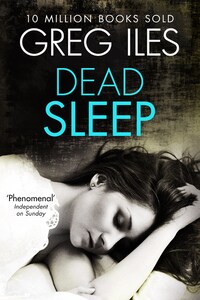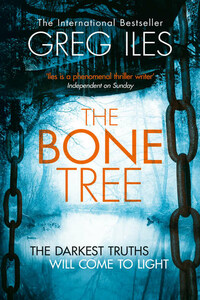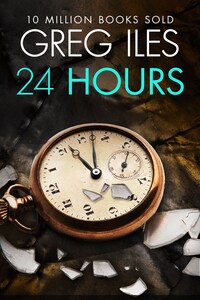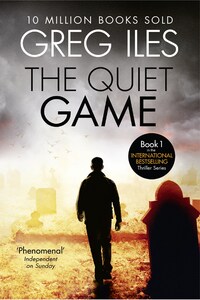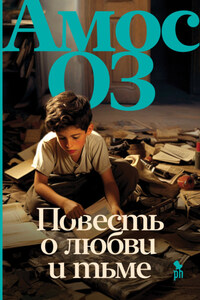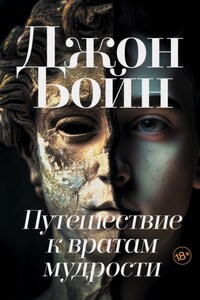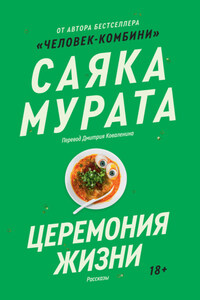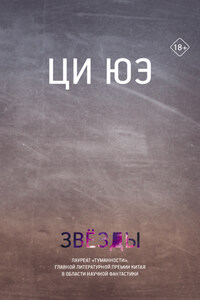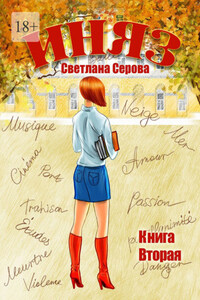I stopped shooting people six months ago, just after I won the Pulitzer Prize. People were always my gift, but they were wearing me down long before I won the prize. Still, I kept shooting them, in some blind quest that I didn’t even know I was on. It’s hard to admit that, but the Pulitzer was a different milestone for me than it is for most photographers. You see, my father won it twice. The first time in 1966, for a series in McComb, Mississippi. The second in 1972, for a shot on the Cambodian border. He never really got that one. The prizewinning film was pulled from his camera by American Marines on the wrong side of the Mekong River. The camera was all they found. Twenty frames of Tri-X made the sequence of events clear. Shooting his motor-drive Nikon F2 at five frames per second, my dad recorded the brutal execution of a female prisoner by a Khmer Rouge soldier, then captured the face of her executioner as the pistol was turned toward the brave but foolish man pointing the camera at him. I was twelve years old and ten thousand miles away, but that bullet struck me in the heart.
Jonathan Glass was a legend long before that day, but fame is no comfort to a lonely child. I didn’t see my father nearly enough when I was young, so following in his footsteps has been one way for me to get to know him. I still carry his battle-scarred Nikon in my bag. It’s a dinosaur by today’s standards, but I won my Pulitzer with it. He’d probably joke about the sentimentality of my using his old camera, but I know what he’d say about my winning the prize: Not bad, for a girl.
And then he’d hug me. God, I miss that hug. Like the embrace of a great bear, it swallowed me completely, sheltered me from the world. I haven’t felt those arms in twenty-eight years, but they’re as familiar as the smell of the sweet olive tree he planted outside my window when I turned eight. I didn’t think a tree was much of a birthday present back then, but later, after he was gone, that hypnotic fragrance drifting through my open window at night was like his spirit watching over me. It’s been a long time since I slept under that window.
For most photographers, winning the Pulitzer is a triumph of validation, a momentous beginning, the point at which your telephone starts ringing with the job offers of your dreams. For me it was a stopping point. I’d already won the Capa Award twice, which is the one that matters to people who know. In 1936, Robert Capa shot the immortal photo of a Spanish soldier at the instant a fatal bullet struck him, and his name is synonymous with bravery under fire. Capa befriended my father as a young man in Europe, shortly after Capa and Cartier-Bresson and two friends founded Magnum Photos. Three years later, in 1954, Capa stepped on a land mine in what was then called French Indochina, and set a tragic precedent that my father, Sean Flynn (Errol’s reckless son), and about thirty other American photographers would follow in one way or another during the three decades of conflict known to the American public as the Vietnam War. But the public doesn’t know or care about the Capa Award. It’s the Pulitzer they know, and that’s what makes the winners marketable.
After I won, new assignments poured in. I declined them all. I was thirty-nine years old, unmarried (though not without offers), and I’d passed the mental state known as “burned out” five years before I put that Pulitzer on my shelf. The reason was simple. My job, reduced to its essentials, has been to chronicle death’s grisly passage through the world. Death can be natural, but I see it most often as a manifestation of evil. And like other professionals who see this face of death—cops, soldiers, doctors, priests—war photographers age more rapidly than normal people. The extra years don’t always show, but you feel them in the deep places, in the marrow and the heart. They weigh you down in ways that few outside our small fraternity can understand. I say fraternity, because few women do this job. It’s not hard to guess why. As Dickey Chappelle, a woman who photographed combat from World War II to Vietnam, once said: This is no place for the feminine.
And yet it was none of this that finally made me stop. You can walk through a corpse-littered battlefield and come upon an orphaned infant lying atop its dead mother and not feel a fraction of what you will when you lose someone you love. Death has punctuated my life with almost unbearable loss, and I hate it. Death is my mortal enemy. Hubris, perhaps, but I come by that honestly. When my father turned his camera on that murderous Khmer Rouge soldier, he must have known his life was forfeit. He shot the picture anyway. He didn’t make it out of Cambodia, but his picture did, and it went a long way toward changing the mind of America about that war. All my life I lived by that example, by my father’s unwritten code. So no one was more shocked than I that, when death crashed into my family yet again, the encounter shattered me.
